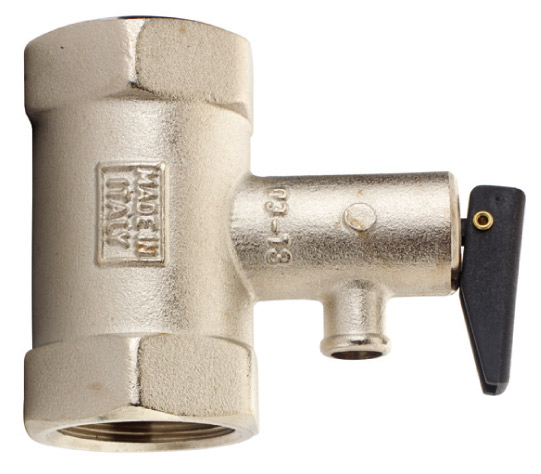Check valves: types and differences
Check valves: operating principles, regulations and models. The catalog of Gnali Bocia.

Types of check valves
Check valves, or non-return valves, are fundamental components within the circuits, especially for hydraulic circuits, as they allow flow in one direction only, avoiding problems such as:- Backflow of pump delivery pipes;
- Emptying of the system in case of shutdown or blockage of the pumps.
The design and the correct choice of materials are essential to avoid failures and malfunctions. The main ones are:
- Leakage: the disc and the seat do not have a perfect coupling but there is a play between the two parts due to wear;
- Locking: the disc and the seat have an incorrect coupling generating interference due to the oxidation of one of the components which increases in size and is no longer able to rotate correctly.
As can be understood from the above problems, an accurate preliminary phase is not sufficient, but continuous preventive maintenance operations are necessary to act promptly and to avoid breakages with consequent inconvenience for the devices connected with this system.
The differences between check valves
There are different types of check valves which differ both in their conformation and in their basic operation. The four most popular models on the market are:A. swing check (or swing) valves: these are characterized by the presence of a flap that rises when the fluid passes, allowing only one direction of flow. A fundamental role is played by the spring that allows closing when the flow rate drops or stops, even suddenly;
B. venturi nozzle valves: they are specially designed to avoid water hammer. The mechanism is based on a prompt action spring assisted by a reduced shutter stroke which limits oscillations and vibrations to a minimum and allows effective retention;
C. butterfly valves: they are characterized by a circular shutter with an axis perpendicular to that of the pipe on which they are installed. It is not suitable for regulation because in the event of incomplete closing or opening, strong turbulence and localized pressure drops occur which reduce its operating efficiency;
D. diaphragm valves: closure is guaranteed by the pressure exerted on the diaphragm which closes on the valve body. The great advantage of this type is that "dead spaces" are reduced to a minimum and current surges are controlled, avoiding the associated problems.
Regardless of the model, the regulations underlying the design, construction and installation of check valves are the regulations regarding valves for the supply of water, that is UNI-EN 1074-1, which indicates the general principles, and UNI-EN 1074-3, which goes into more specifics. These regulations identify both the suitability requirements for use and the tests and verifications that must be carried out to certify them correctly.
16/11/2021
I contenuti di questo sito non hanno carattere di periodicità e non rappresentano 'prodotto editoriale'.








